Ziplines - Where Did They Come From?
Ziplines - Where Did They Come From?
Ziplines: Where Did They Come From?
Most ride fans who are die-hard followers of the Branson roller coaster may be curious where the roller coaster originated. Meanwhile, following in the footsteps of the roller coaster, the zipline adventure is something that most thrill-seekers want to do. However, knowing the history of the zipline may be vital for every zipline lover.
Zipline trips have become increasingly popular in recent years, but they haven't always been a lot of fun. The leisure activity's origins are surprisingly practical. The zipline has developed from a rapid form of transportation to a scientific study tool to an eco-tourism icon throughout the years.
A zipline is a cable hung over an incline. It uses a pulley, and a harness for the rider is attached. A zipline's incline allows the rider to be pulled along the line by gravity. Ziplines are now primarily utilized for recreational purposes, such as eco-tours. Guests can take these tours to see the beauty of islands like Maui and Kauai from above without leaving a large carbon imprint.
Ziplines were utilized in the Himalayas and Alps for various reasons, including transportation, according to historical data. People in these areas would erect ziplines to operate to traverse the dangerous terrain. Ziplines were frequently utilized to transport supplies from one location to another. Because zip lines were far faster to build and use than bridges, they were used as an alternate mode of transportation in these places.
Ziplining-Forest-Hawaii Ziplines have been utilized for mountain climbing in the past. Climbers want to get from one point to another use them as an upgrade on the Tyrolean Traverse. Ziplining is far more efficient than the Tyrol since it relies on gravity rather than shimmying between spots to speed up the operation.
Wildlife scientists popularized modern ziplining. Biologists in the 1970s were looking for a means to study and explore Costa Rica's thickly forested areas without damaging the environment. The key regions they sought to investigate were rainforest ecosystems. Animal biologists installed ziplines throughout Costa Rica's forests.
They were able to have a birds-eye perspective of the forest areas and realistically see natural phenomena in the ecosystem thanks to the ziplines. All of this was accomplished without causing any disruption to the ecosystem they were researching. This was when the concept for zipline eco-tours was born. The ziplines were converted into a recreational canopy tour when the biologists finished their research in Costa Rica.
Ziplines have become a popular tourist attraction in Costa Rica because they allow visitors to see and experience the landscape while minimizing environmental impact. This tour concept swiftly expanded from Costa Rica to other parts of the globe.
First Zipline Company in the United States
As the first zipline company in the United States, Skyline Eco-Adventures opened the Haleakala Zipline course in 2002. In the United States now, there are more than 200 zipline courses. It's pretty awesome that we were the first! Many zipline trips are classified as eco-friendly tourism.
Skyline-Big-Island-zipline1 This is because individuals do not disrupt the environment while seeing the location. The view is unlike anything you can see from the ground, and you don't have to climb a tree or mountain to have a good look at the horizon. You effortlessly fly across a natural habitat like a bird.
Skyline's mission is to "provide a safe and exciting means of seeing and experiencing the natural wonders of the Hawaiian Islands, while always assisting in the preservation and perpetuation of the island's unique land and culture, so that they may retain their body and spirit for all future generations." Many zipline companies, like Skyline, work to educate guests on the environment and ecosystems.
Unlike the Branson roller coaster, many individuals do not consider ziplines to ride. Instead, they're more like tours and experiences through gorgeous landscapes that you wouldn't otherwise get to see. The bird's-eye view of the Hawaiian islands will take your breath away as you marvel at nature's splendor.
Ziplines, a type of adventure that uses gravity to propel people across cables and over landscapes, were once used for purely practical reasons: to allow people and livestock to traverse remote, often dangerous terrains. Despite the primitive equipment (homemade harnesses and natural ropes), it permitted cigarettes and military equipment to cross the Australian Outback and acted as bridges in China's Nujiang Valley.
Steeplejacks in England utilized ziplines to descend to the earth after a long day on a chimney or church spire in the 17th century. The Tyrolean traverse, a means of crossing high elevations, used to travel lofty heights in mountain rescues and rock climbing, became popular in the 1900s.
Many of the die-hard fans of the Branson roller coaster have developed a strong desire to go on an adventure ride with the ziplines in Branson, as they find flying above the valleys thrilling.
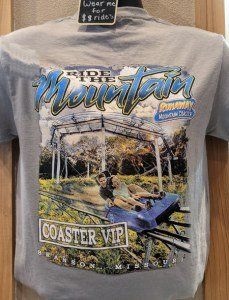
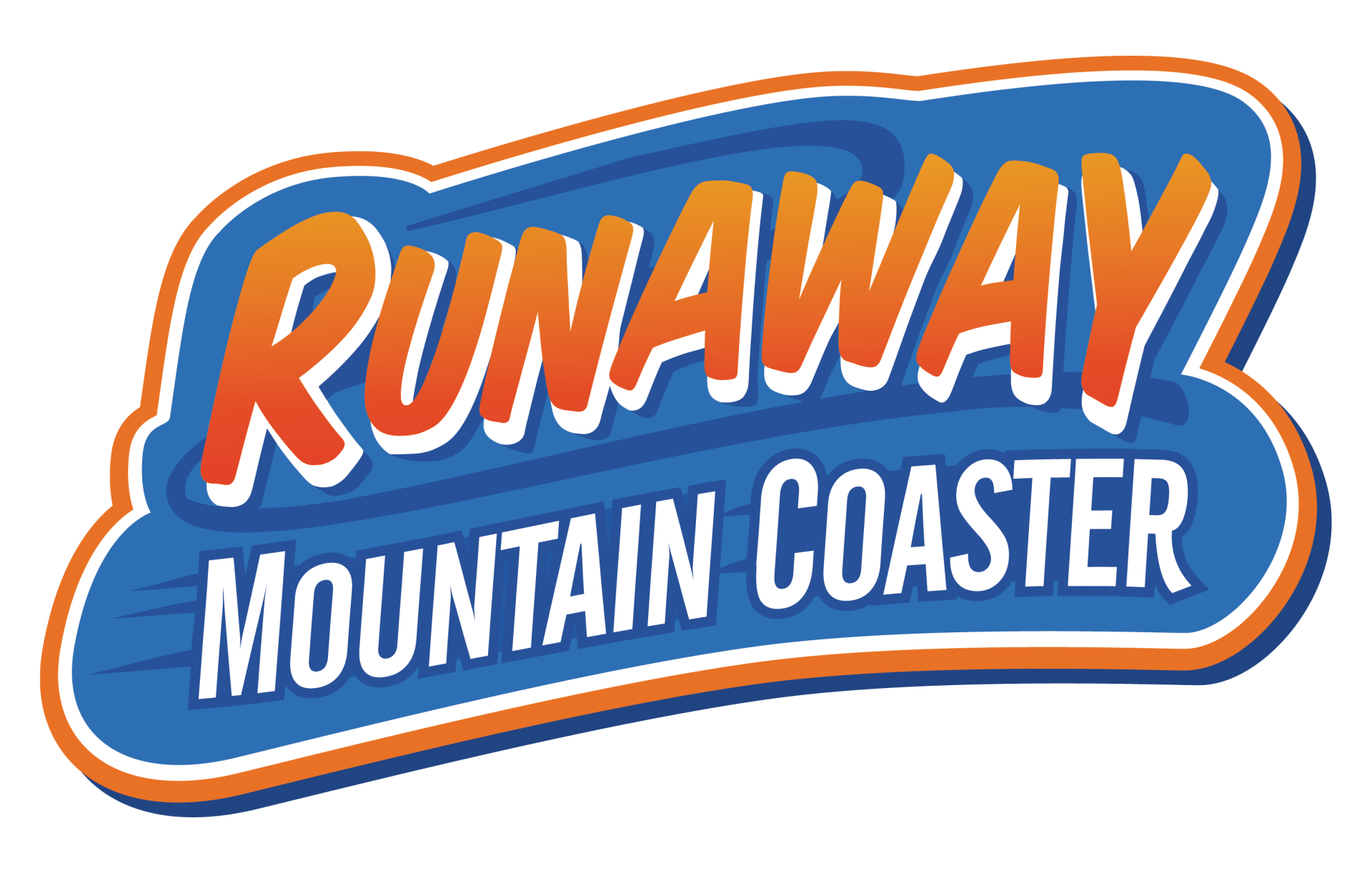
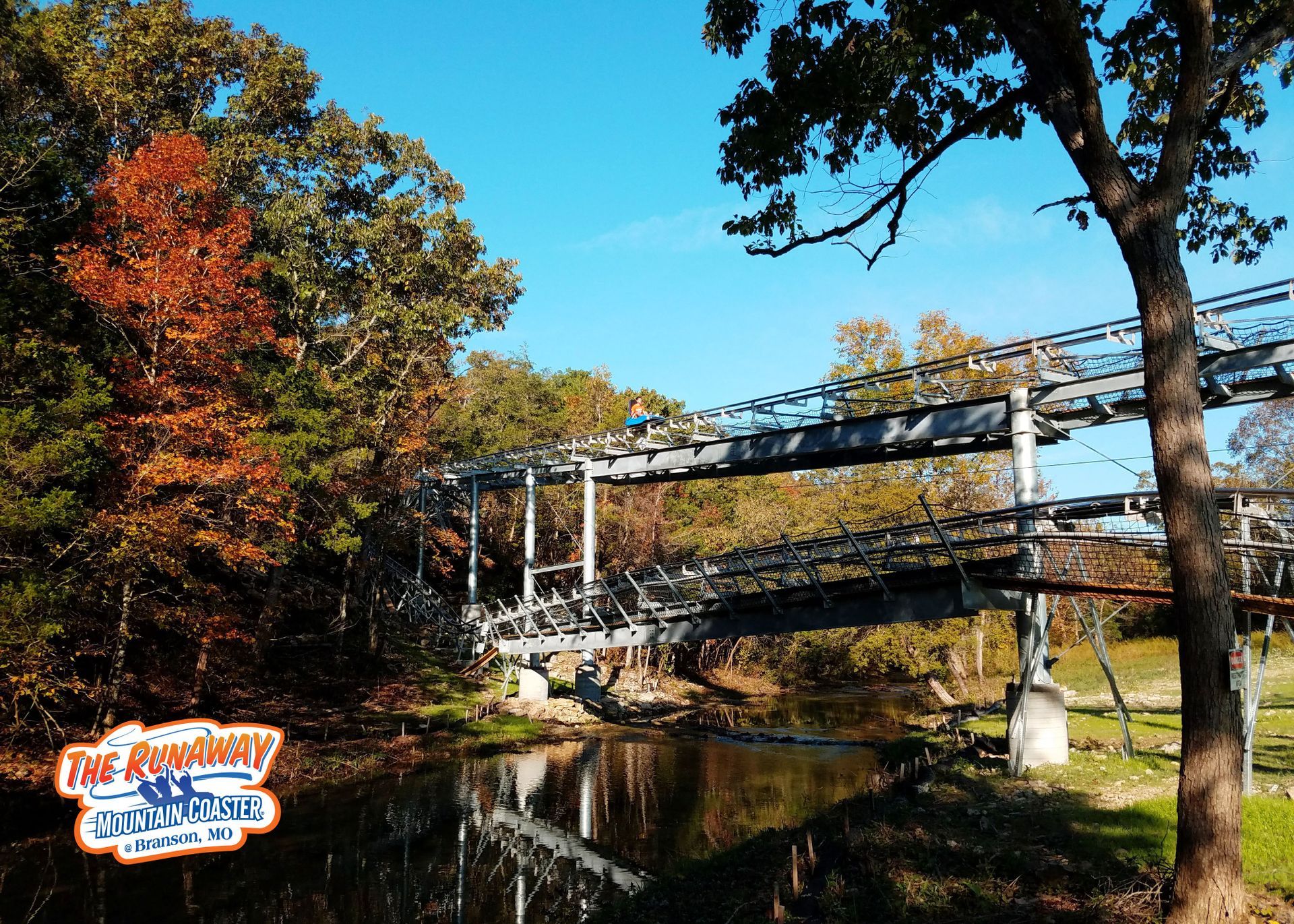

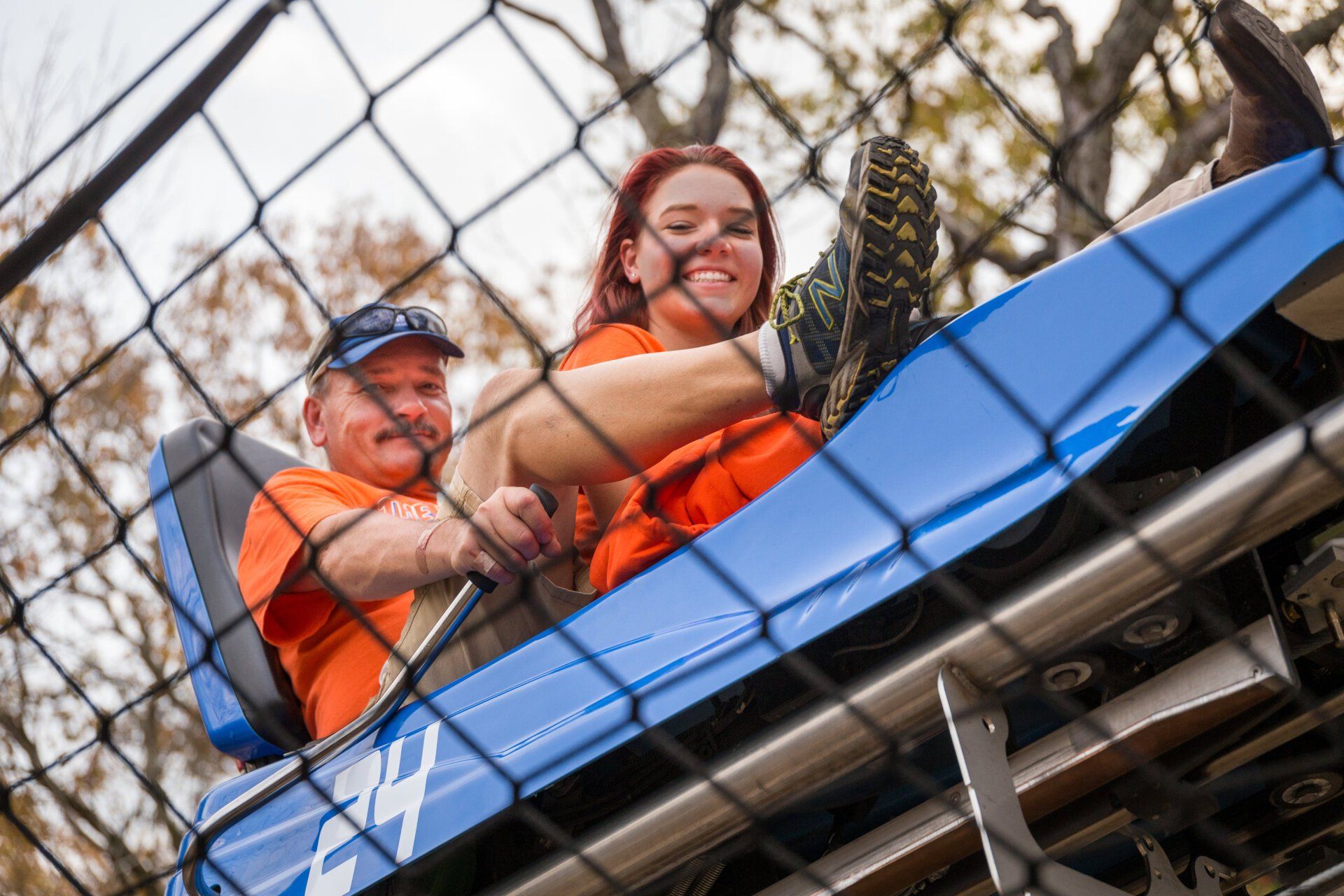
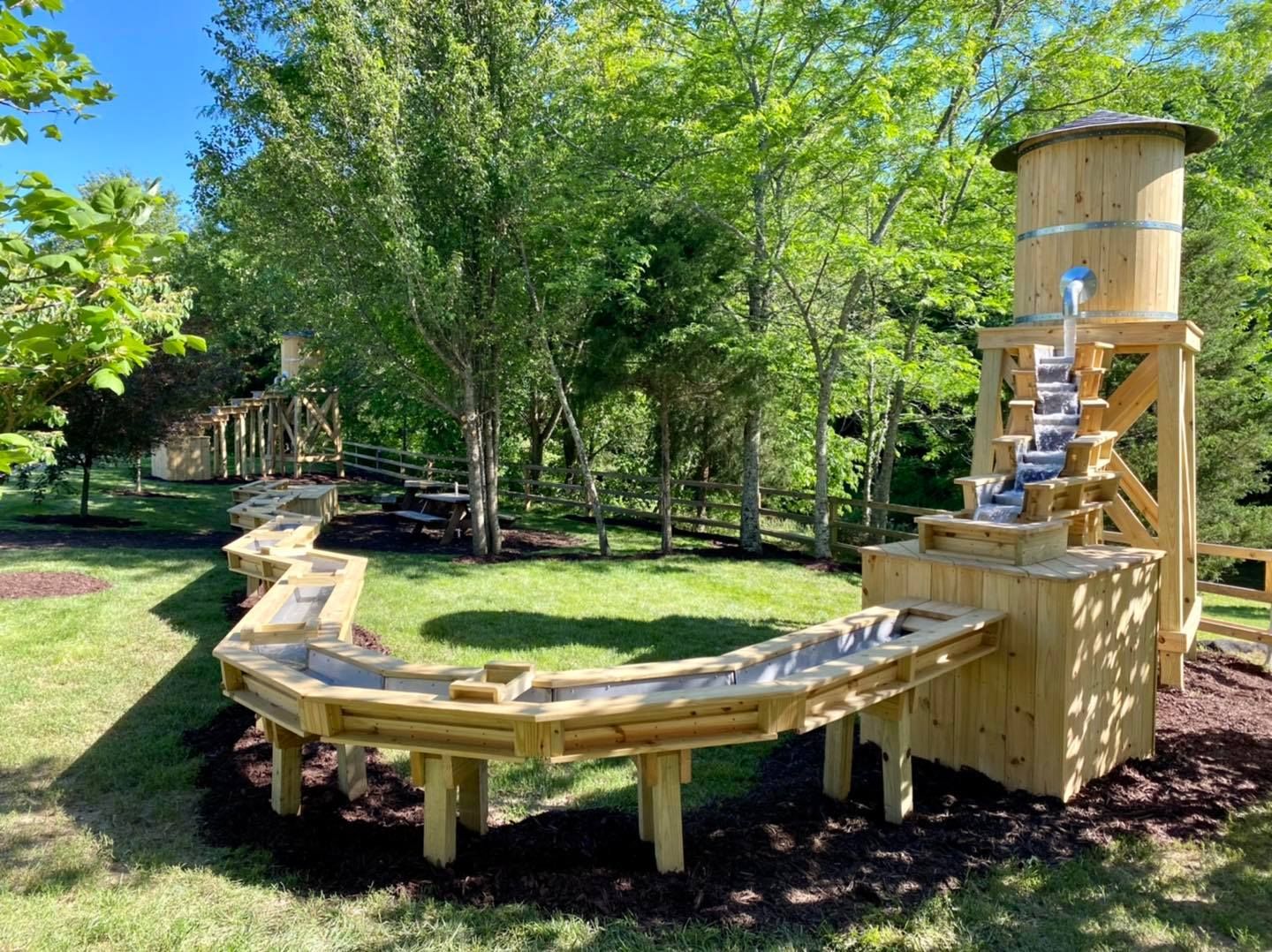

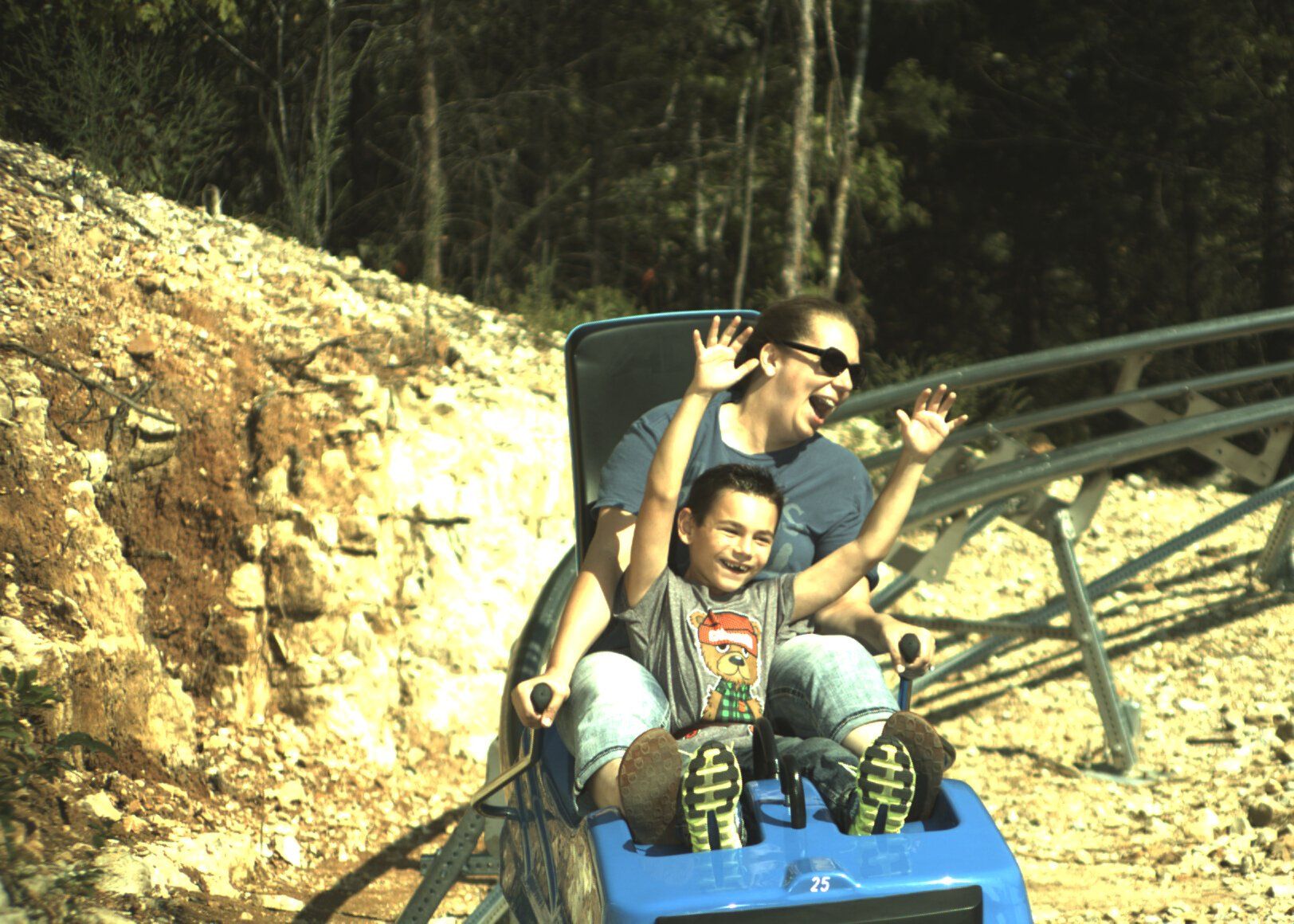
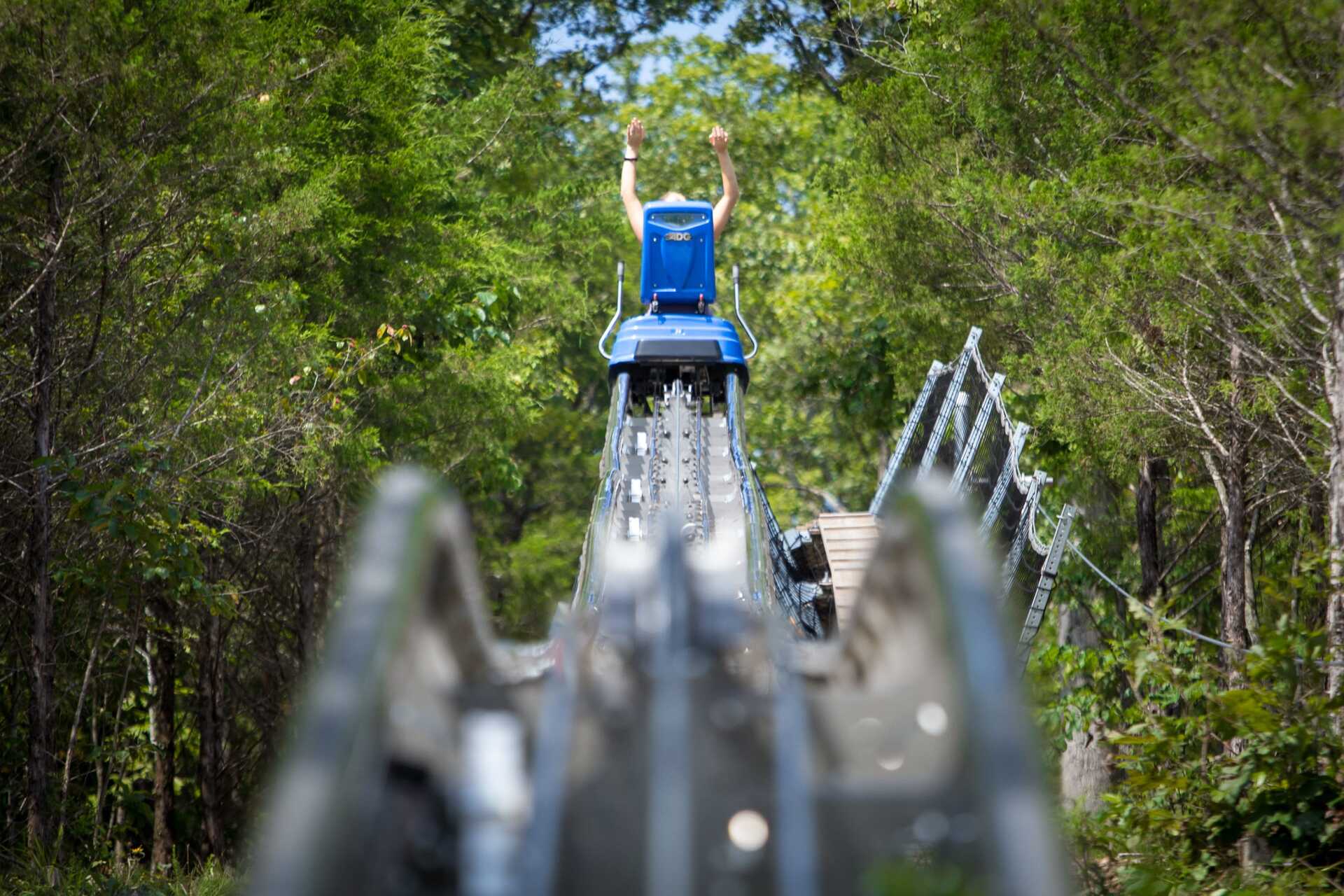


 by
by